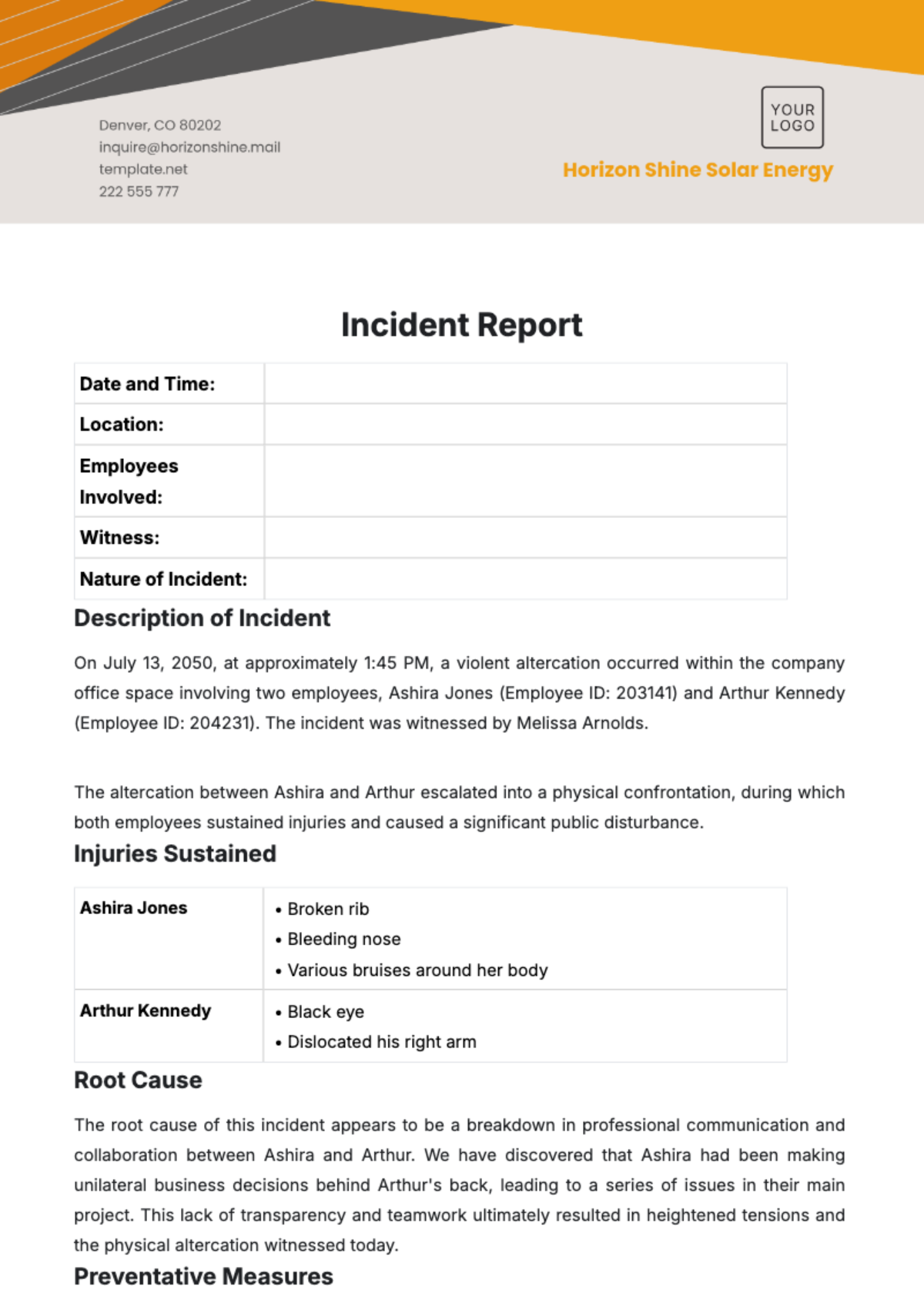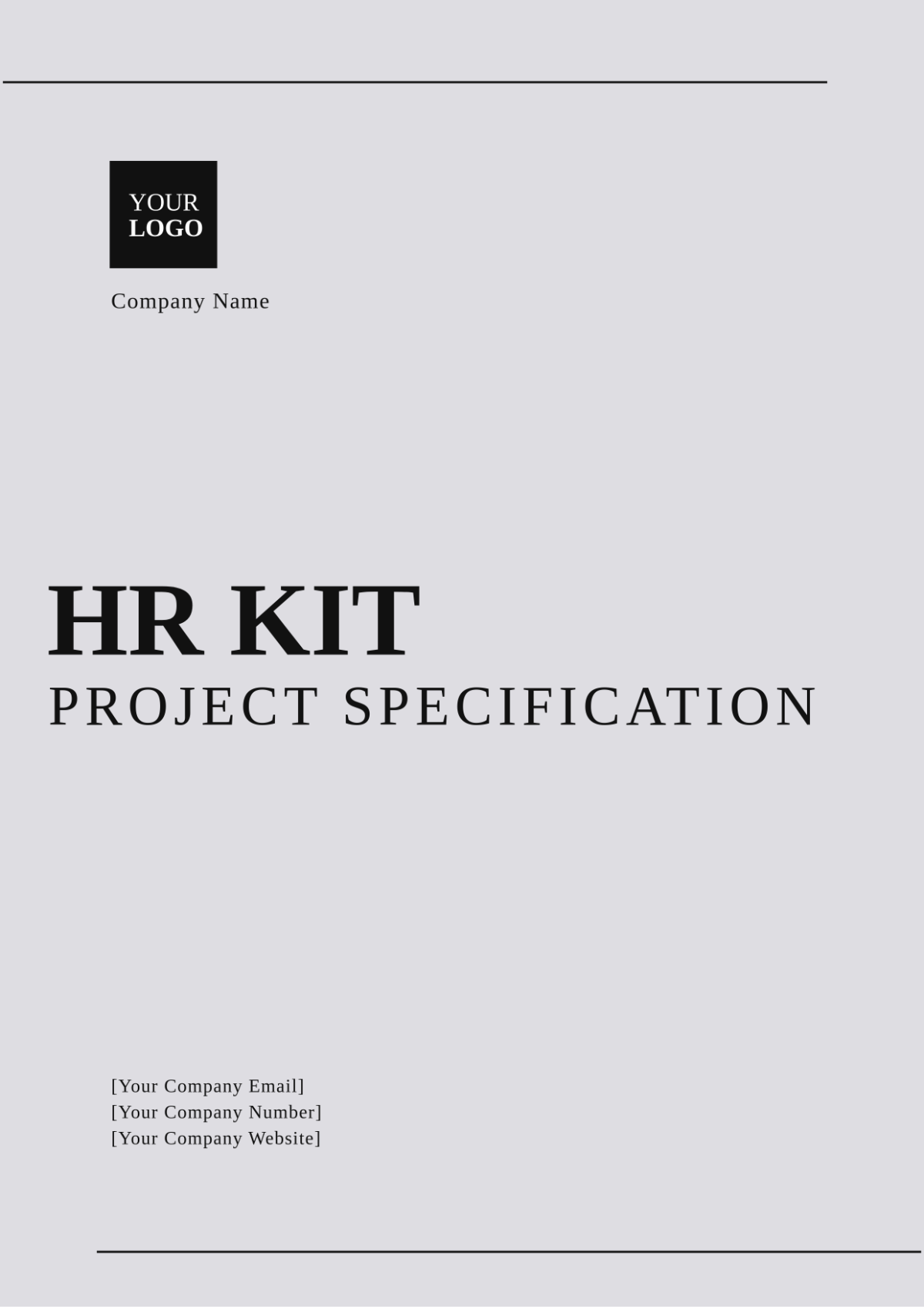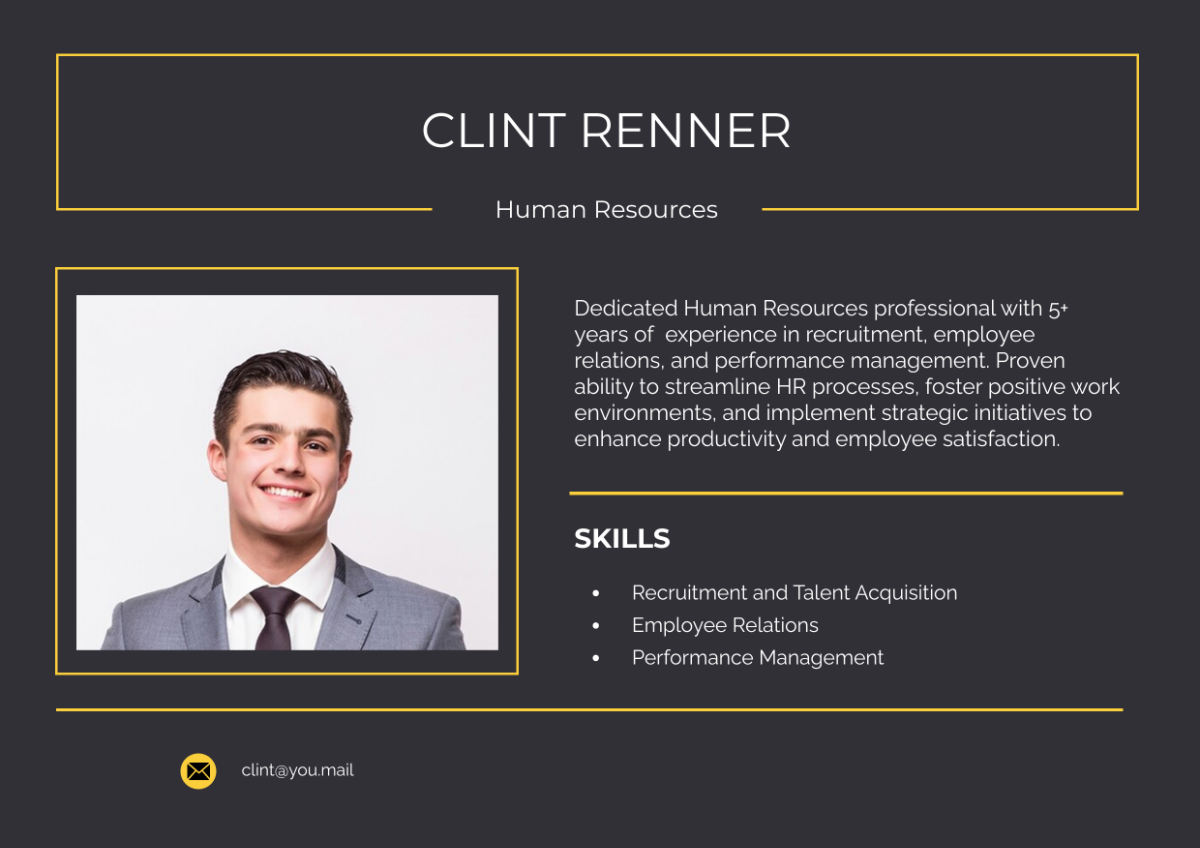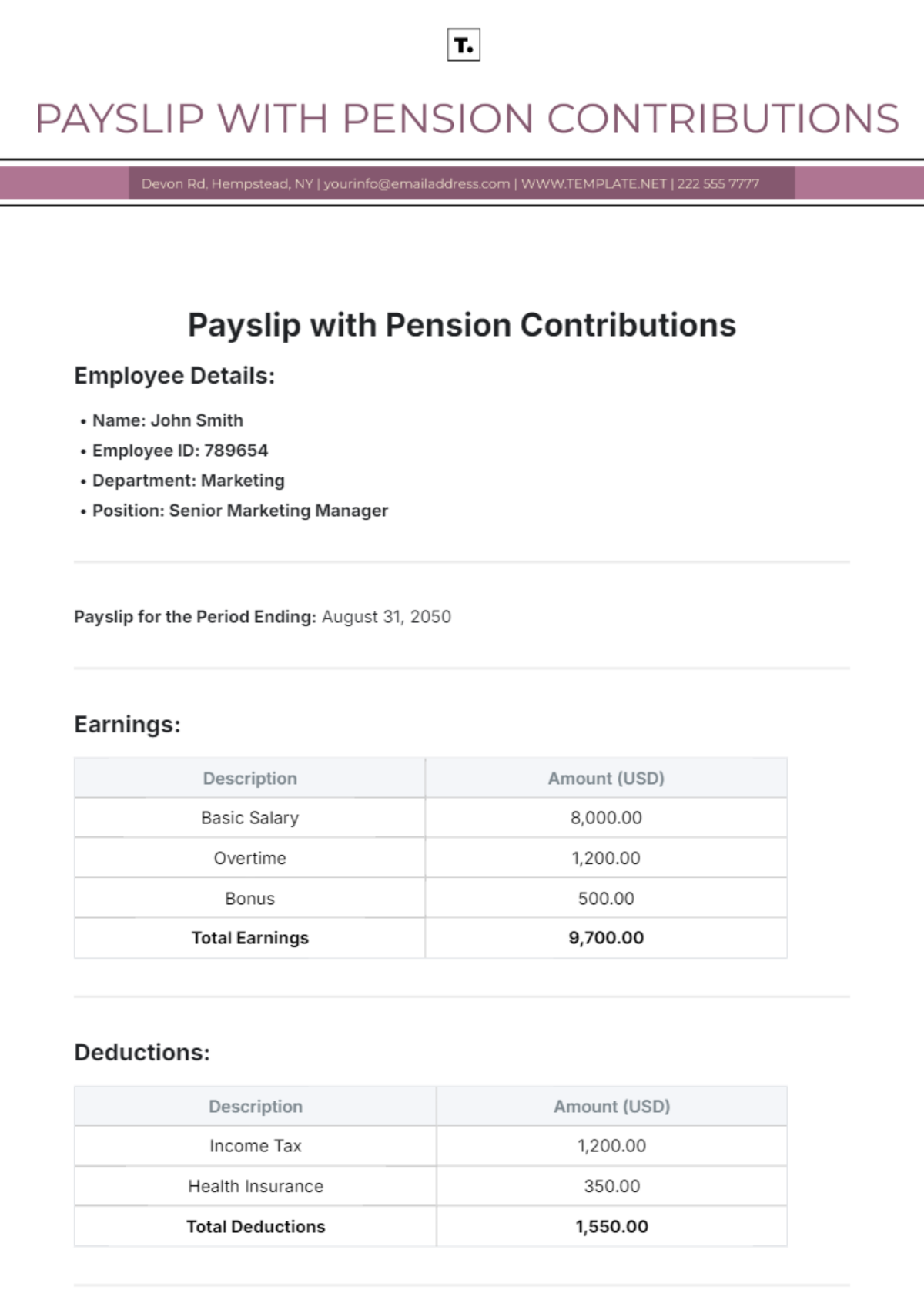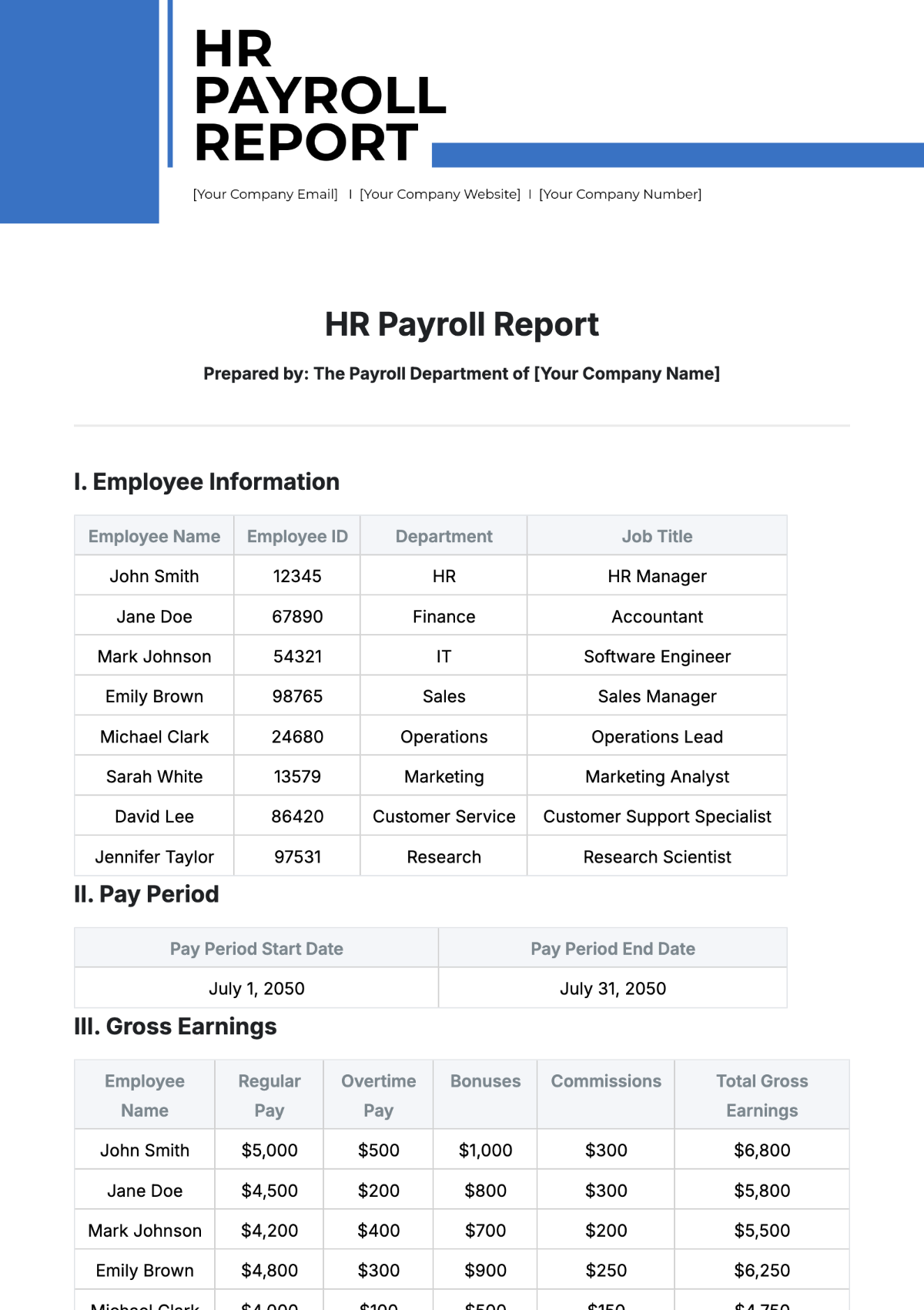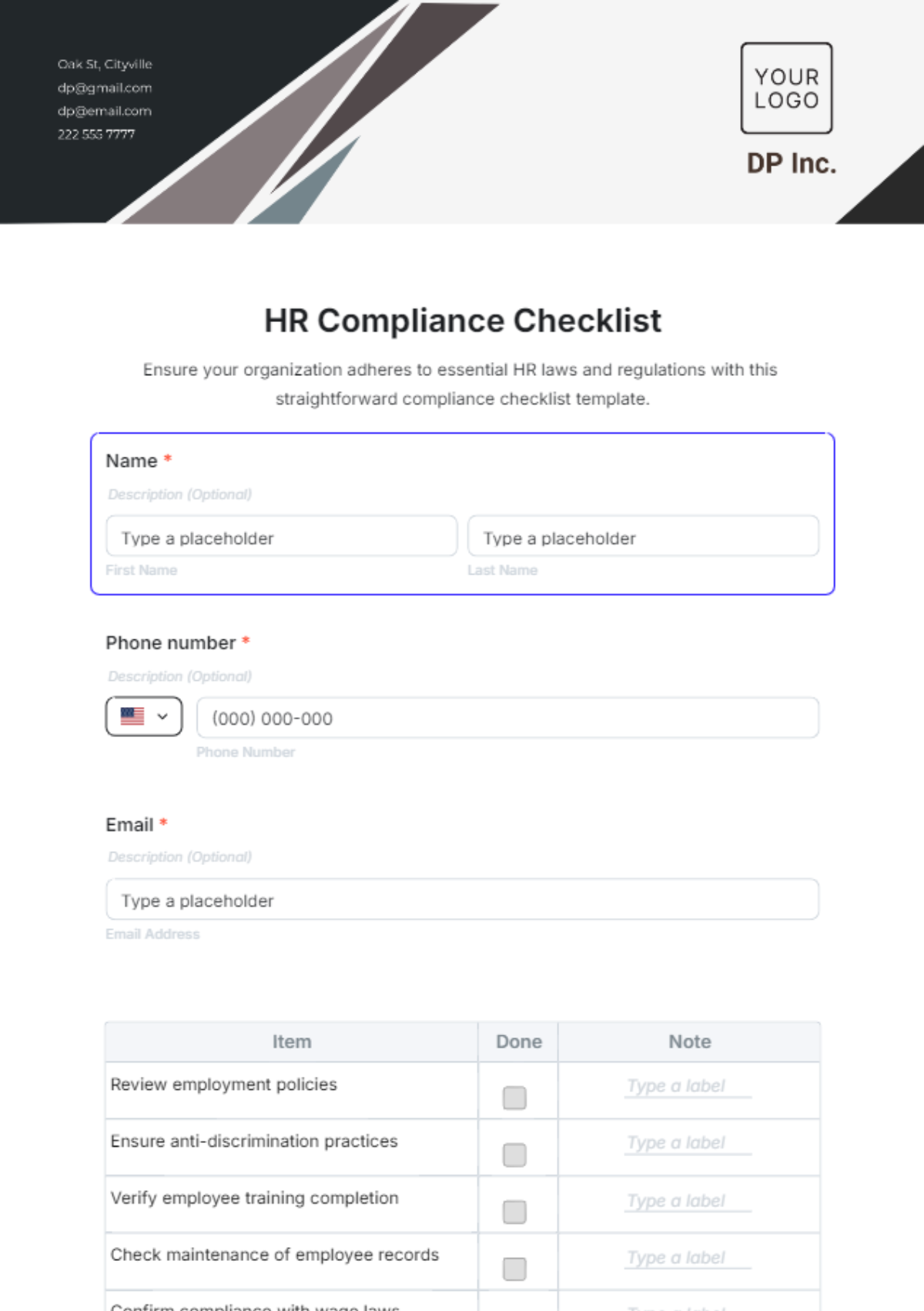Human Resources Audit Brief
Prepared By: [Your Name]
The purpose of this document is to guide you through the objectives and the overall scope of the HR audit, providing a clear understanding of its key priorities and areas of focus. It involves an integrative format with a mixture of paragraphs, tables, and bullet points to highlight pertinent information.
Section 1: Introduction to HR Audit
A Human Resources Audit is a comprehensive methodology of objective evaluation of the HR policies, practices, procedures, and systems within the organization. The primary objective is to ensure compliance, improve efficiency, and drive organizational success.
Understand the role and importance of HR Audit in the organization
Evaluate current HR practices and make recommendations for improvements
Mitigate potential risks regarding HR compliance
Section 2: Objectives of the HR Audit
Defining clear objectives is crucial in successfully implementing an HR Audit. These may include:
Objectives |
|---|
Ensuring the organization is compliant with employment regulations |
Identify gaps and areas for improvement |
Evaluate the overall performance of HR functions |
Creating an action plan to resolve identified issues |
Section 3: Scope of the HR Audit
The scope of the HR Audit may vary depending on the organization's needs and requirements. Typical categories usually involve:
Recruitment and selection process
Compensation and benefits
Workplace health and safety compliance
Employee relations
Training and development initiatives
Section 4: HR Audit Process
The HR Audit process can be categorized into several steps:
Identifying the Areas of Audit
Reviewing Existing Policies and Procedures
Gathering Data
Analyzing Findings
Developing Recommendations
Implementing Changes
Section 5: Conclusion
It is important to remember that the HR Audit is not a one-time event, but rather an ongoing initiative to continuously improve performance. The process has the potential to add value to the organization by identifying gaps, uncovering opportunities, and driving change.


